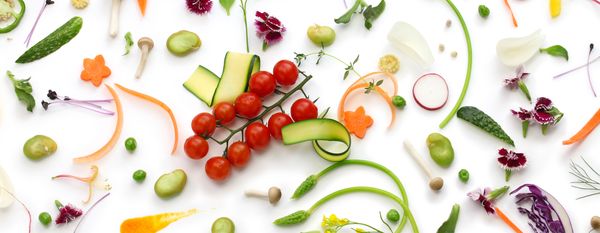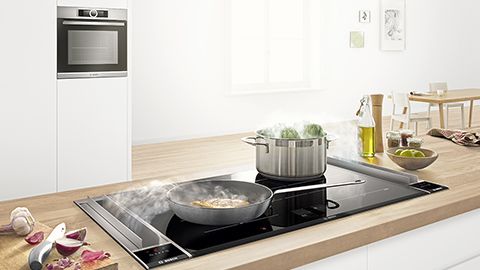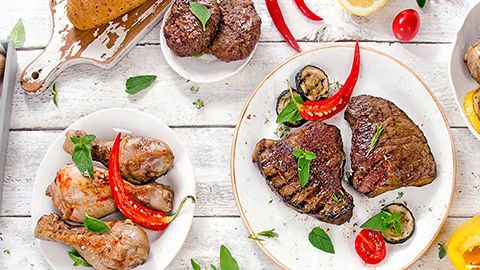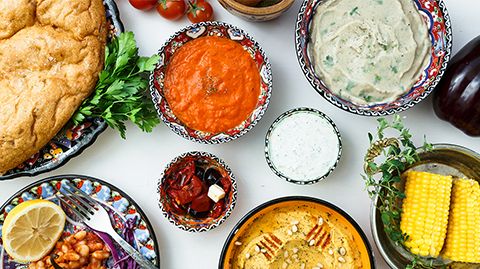We live in a world where food is readily available and in abundance. But in our haste to peel off vegetable skin and toss away tough stems and roots, did you know that we may be discarding delicious food parts that are chock-full of nutrients?
It’s time to change up the way we cook and rethink what’s edible. Learning more about the nutritional potential of these food ‘scraps’ not only boosts your health, but also helps with the waste problem. Plus, we could use these leaves or roots to add greater flavours to our dishes! We’ve put together five simple ways to help you get started.
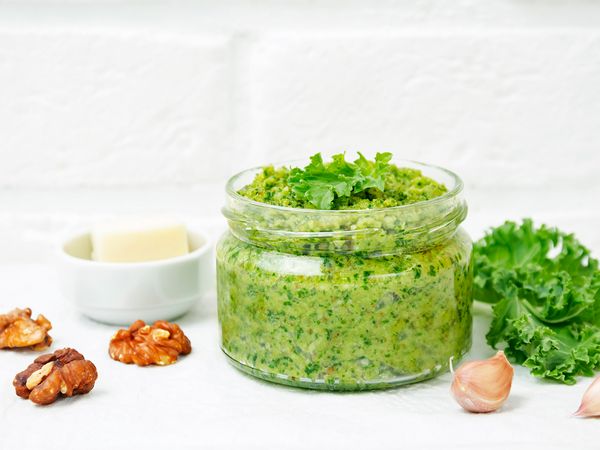
1. Get Saucy
Leave behind jars of ready-made sauces - they are probably full of sodium, sugar and preservatives - and make your own healthier version instead. Don’t throw out those carrot tops, you could use them to make a salsa verde. It might be a bit bitter, so don’t forget to taste as you go along. For pesto, you could boil and puree the cores, stems or leaves of countless vegetables - broccoli, cauliflower, kale, cabbage, Swiss chard - to use in place of your traditional basil.
2. Start Pickling
Quick pickling is a brilliant way to preserve oft-discarded bits. You don’t need fancy jars or canning equipment; simply bring vinegar, water and salt to a boil to create the pickling liquid, or brine, and store in a simple mason jar. This method works with almost any vegetable, including the stems of beets, chard or broccoli. Don’t be shy to create your own brand of pickle flavour - add fresh and dried herbs, whole and ground spices, ginger or garlic to find the combination you like best. Keep them in the fridge for a few days and these “refrigerator pickles” are ready to eat!
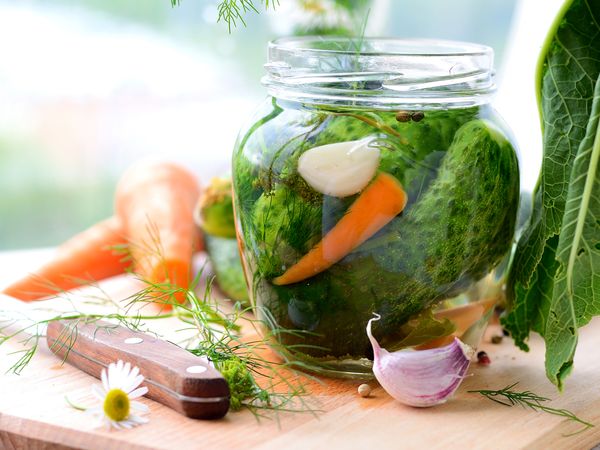
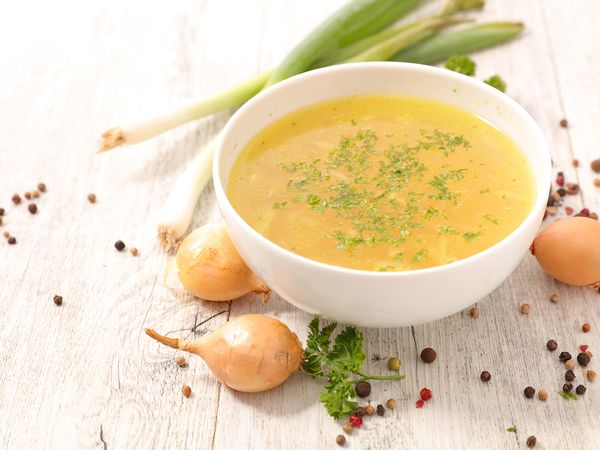
3. Stock Up
It’s easy to reach out and buy vegetable stock by the boxful. But with a little bit of planning and effort, you can save that money and whip up a rich, nutritious broth using leftover vegetables. Not only is it wallet-friendly, you’ll also be doing your part to reduce waste.
Grab a large sealable plastic bag and use it to store the tops, skins and stems from the vegetables you’re cutting. Cores of broccoli and cabbage, carrot tops, peelings from leeks, potatoes or parsnips and corncobs can all be used, add them to the greens from the Brassica family - Brussels sprouts, broccoli, or cauliflower - as these will leave a bitter taste in your stock. Pop the bag in the freezer and keep adding to it each time you cook. When you have enough to fill a pot, just combine the vegetables with water, your choice of herbs and a little bit of garlic, simmer it for about an hour, strain out the veggies and voila! Homemade vegetable stock!
4. Pick a Side
Not sure what to do with your broccoli stems? Why not use them for a refreshing slaw or salad! Stalks are tougher than the florets so it’s best to cut out the thicker outer layer before slicing them thinly, or grating them into small bits. They also make the perfect side dish - cut up the stem into chunks and give them a quick bake in the oven together with the bell peppers and carrots. If you’re peeling potatoes for a salad, don’t throw out the skins but save them to make potato skin chips. For romaine lettuce, save the dark green outer leaves and use them as wraps!

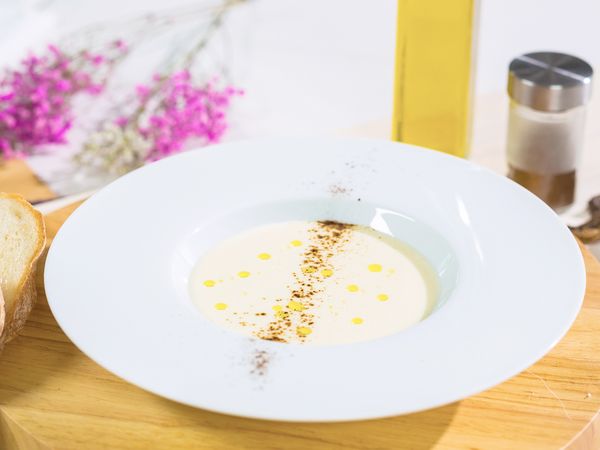
5. Bring That Flavour Back
Try steeping tomato leaves and stems for 10 minutes in hot soup for a deeper tomato flavour. You could even make your own Celeriac Veloute using the celeriac flesh and its skin for a bowl of comforting, creamy soup. Young pumpkin leaves and shoots are other ingredients you can use. Cook them together with anchovies, garlic and sliced onions, and simmer in coconut milk for a rich and hearty flavour.
Once you start to realise just how much potential these vegetable ‘scraps’ have, you’ll want to get as much out of them as you possibly can!
